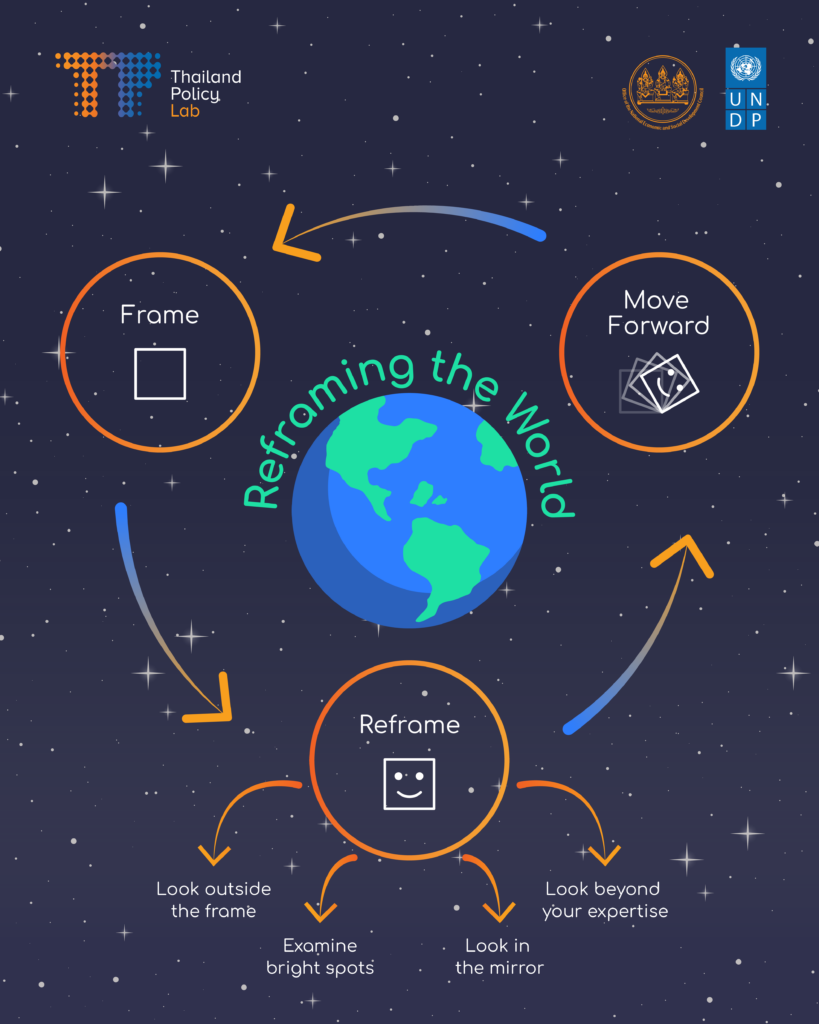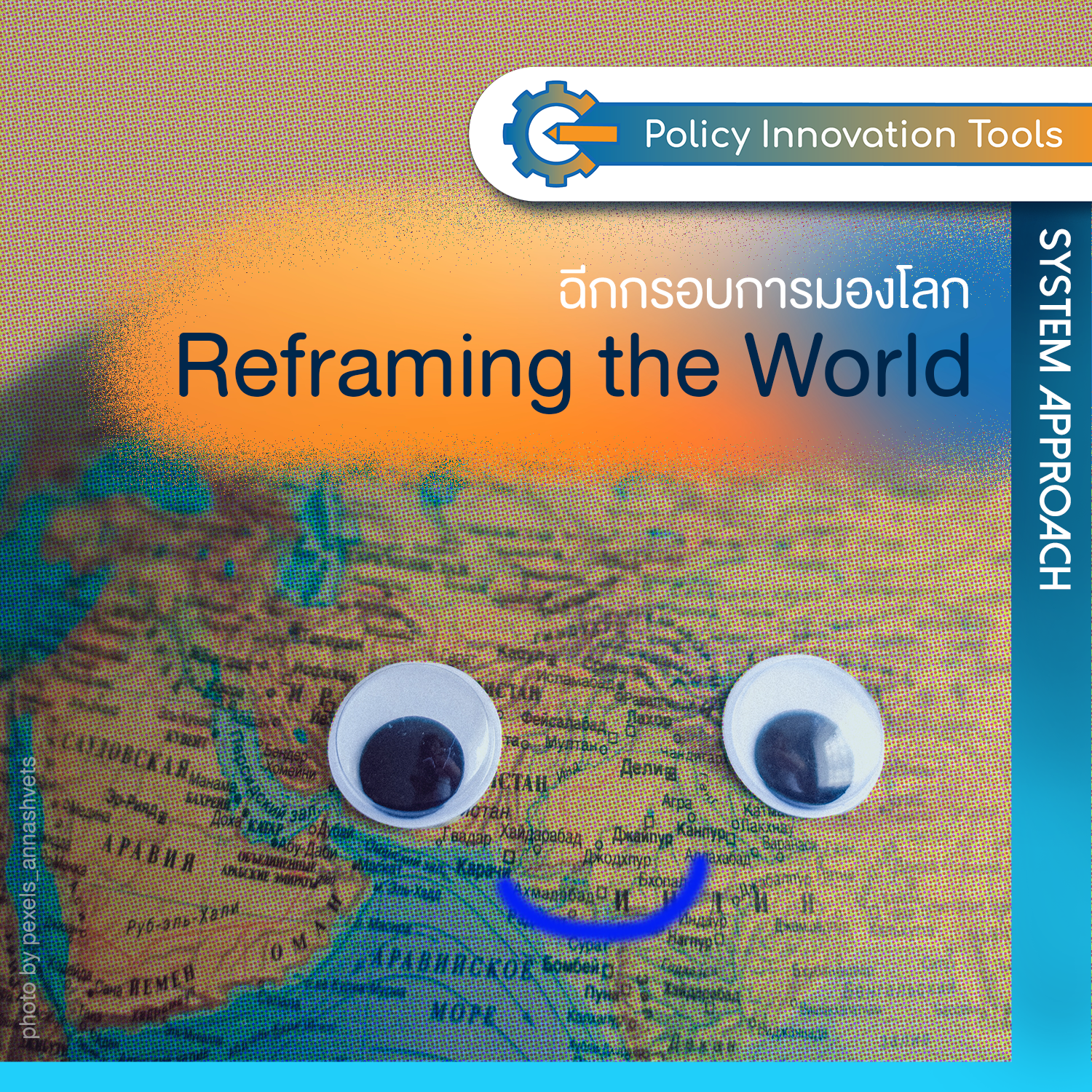Framing the world
We each have our own perspectives on ‘framing’ the world, which varies according to our standpoint and experiences. It’s like looking at the world through different lenses. Some might have a magnifying lens, while others have a telephoto lens looking from a bird’s-eye view. We are approaching the issue from different perspectives, so we reach different solutions. To illustrate, imagine we are trying to combat the declining birth rate and we decided to consult an economist and sociologist.
A: What are the economic driving forces behind the choice to have children? How much would you need to invest into raising a child? Does the cost of living allow you to start a family in your country?
B: What is the population’s demographic? Their sex? Their age? Gender inequality in society may contribute to women’s decision to remain childfree too.
Can you guess A and B’s jobs? In this case, A is the economist, while B is the sociologist. Both looked at the same issue from a different perspective based on their experience and frames of knowledge.
Let’s Reframe the Issue
Reframing or changing the way you view an issue is part of the portfolio approach to solve problems systematically. When we reframe a problem, we can look past previous ideas, try to find new perspectives, and find new solutions to issues.
Reframing is not about discovering the perfect definition of a problem, but seeking a better understanding of the problem. It is also not a comprehensive analysis of an issue. We are not asking what causes this? but we are asking what issue are we trying to solve? Is this the issue we should address? Not another issue? Are we approaching the issue correctly? These questions precede any analysis of the cause of the issue, in this step, we are trying to reframe the issue in a more expansive and different way.
The article “Reframing — A Very Powerful Tool for Problem Solving” illustrates how to reframe an issue such as an old and slow elevator.
Issue: Tenants unanimously complain that the elevators are too slow. Some offices demand that the problem be fixed or they will terminate their lease.
Looking at the problem from a traditional viewpoint, the solutions might be as follow:
- make the elevators faster
- install a new lift
- improve the algorithm of the lift
But are these the optimal cost-effective solution for the owner?
Let’s reframe:
- Every office’s lunch break is at the same time. Should we ask companies to stagger their breaks?
- Can we improve the experience of waiting for an elevator? Some sofas and music may help make the wait less tedious.
In this case, if the slow elevator is new and still in perfect working order, reframing the issue can address the crisis. Instead of paying for and installing new elevators, it’s better to change your perspective of the problem from ‘slow elevators’ to ‘bad waiting experience.’ By changing break times and creating a better waiting atmosphere, the waiting experience can be completely changed. All of this just by refocusing the problem from a faulty elevator to the boring long wait for one.
The reframing process
Reframing is a process that must be repeated. It will help change the mindset of stakeholders to look at issues and ask questions from different angles.
There are 3 steps in reframing the problem.
- Frame: defining the problem we are trying to solve
- Reframe: thinking about a different perspective of the problem by using the following practices
- Look outside of the frame: the problem might be out of our view, we must break out of the old frames. Like when we can’t turn on the lights, it’s not because of the light bulb but the power lines.
- Find new perspectives: if we normally look at issues through the eyes of an economist, try consulting anthropologists or people in different fields for a newer and broader perspective.
- Examine bright spots: research societies and communities with milder or not the same issue as ours. It’s an opportunity to research their methods into avoiding or preventing our problems.
- Look in the mirror: don’t forget to self-reflect. Sometimes we are the cause of the problem.
- Move Forward: work on a solution to the problem after reframing the issue.
Reframing is a constantly ongoing process when we tackle any solution. It helps us focus on the right problem in a more creative and efficient way, especially for policymakers solving complex issues in a changing world. Reframing allows for more options to view policy issues and, logically, lead to more solutions as well.

Sources:
https://feelinspired.medium.com/a-very-powerful-tool-for-problem-solving-reframing-9141863a40b1

